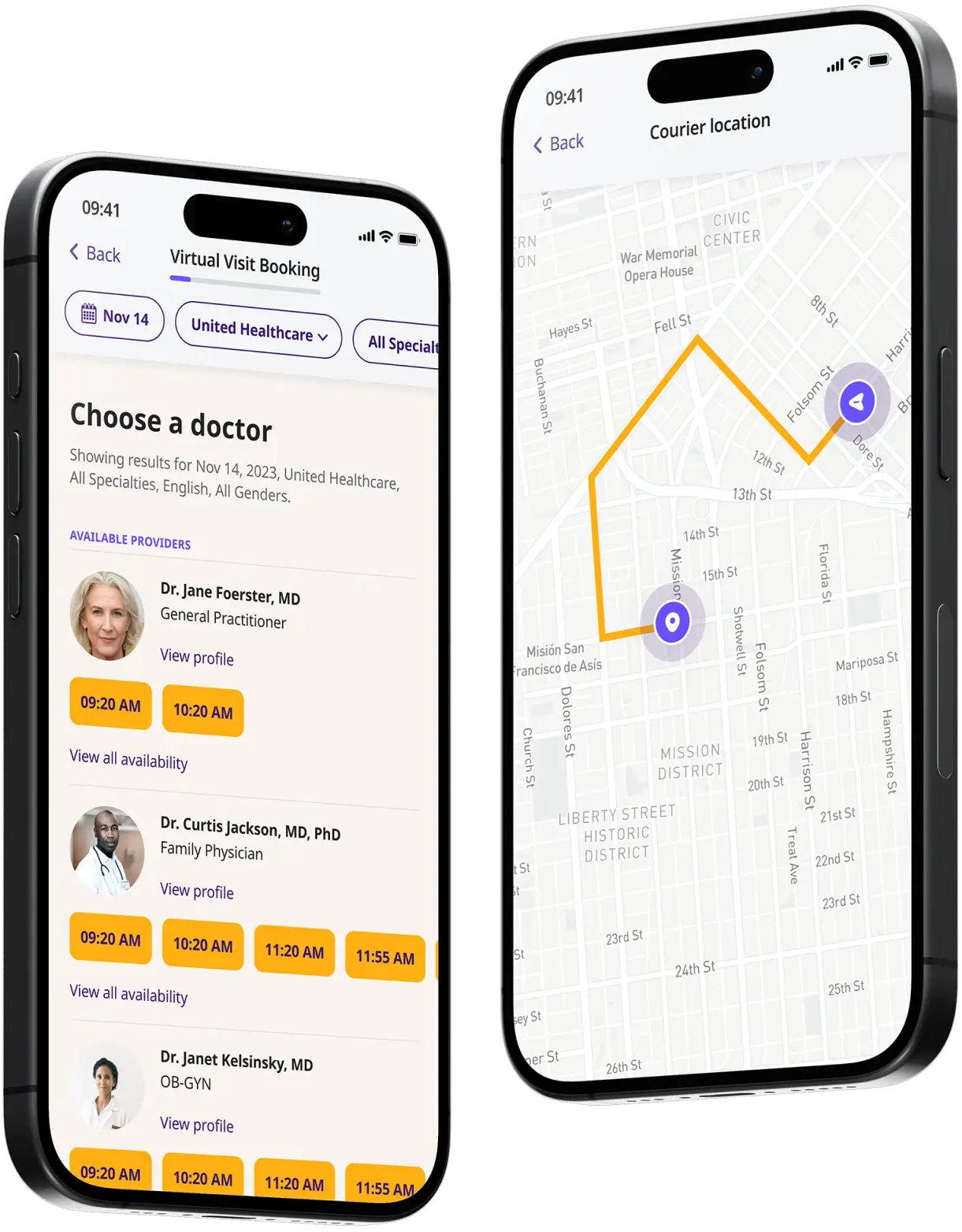Get a Paxil Prescription Online (Paroxetine)
Get a new prescription for Paxil (paroxetine) or refill your medication online.
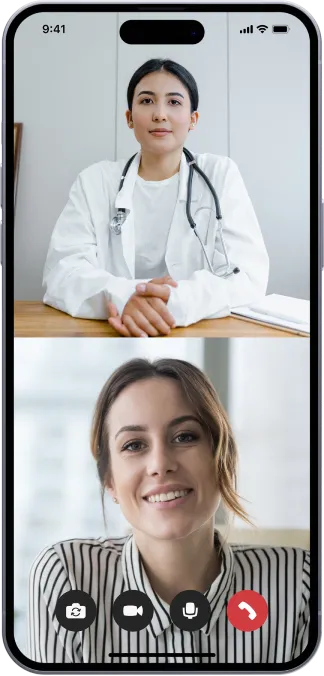
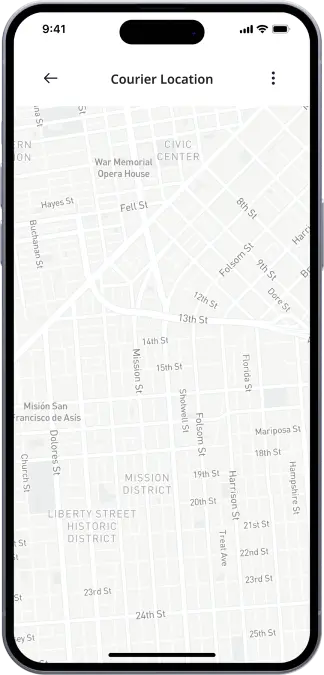
Available in 50 states. Insurance accepted.
Fast
virtual visits
24/7 care
assistants
Prescriptions
as needed



See If Delivery Is Available Near You
Delivery Not Available
Enter your ZIP code to check if prescription delivery is available in your area and how soon your meds could arrive.
How to get started
Choose your doctor, start a virtual visit, and have your prescriptions sent to your preferred pharmacy for pickup — all in just a few easy steps.
Choose a doctor
Choose a physician by availability, specialty, ratings, and more.
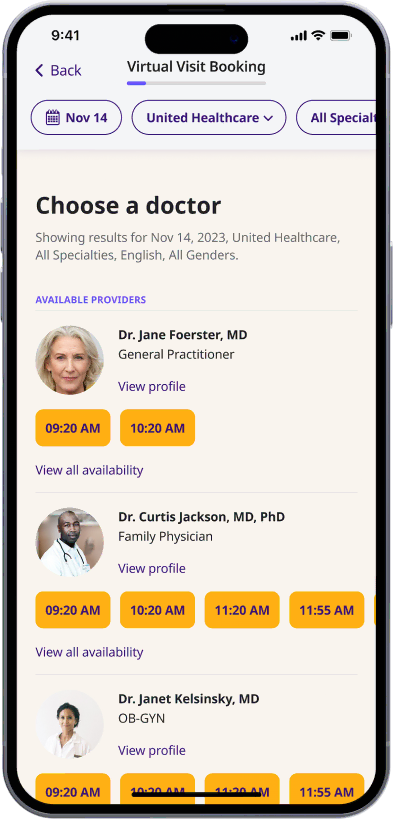
Start a video call
Get connected with a doctor anytime, anywhere.
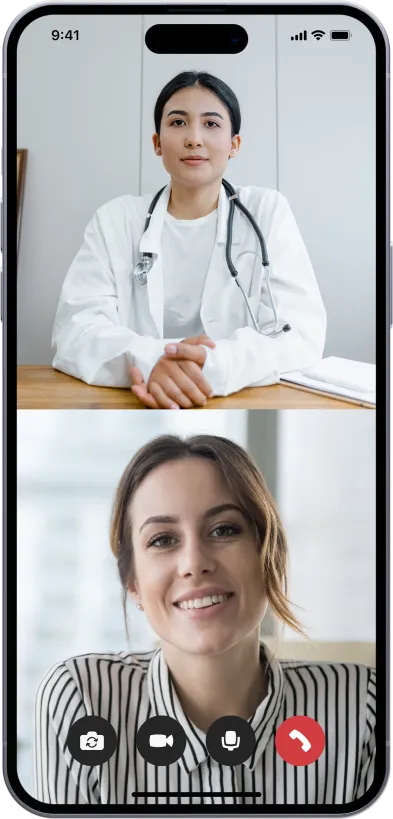
1-Hour Rx Delivery
Your prescription delivered to your door in 1 hour or less.
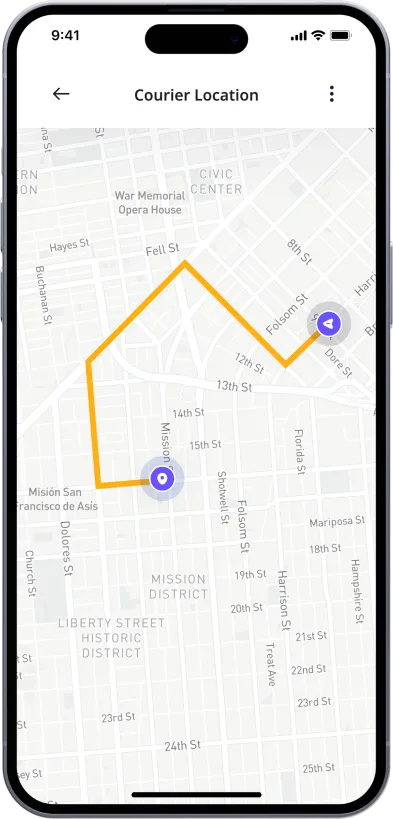
Available in 50 states. Insurance accepted.
One-Time
Physician Visit
One-time visit with a physician for diagnosis, treatment, Rx, labs, referrals, and doctor’s notes.
Accepted Insurances
See why people turn to DrHouse...
As seen in

Paxil (Paroxetine)
Paxil is the brand name of paroxetine, an FDA-approved antidepressant prescription drug that is used in the treatment of a wide range of mental health conditions, most notably major depressive disorder.
It has been shown to be effective in the treatment of depression-related symptoms, including sadness, sleeping difficulties, appetite reduction, and mood swings. It is generally only prescribed to adults since it’s not yet known whether the medication is safe and effective for children and adolescents.
As well as depression, Paxil has also been shown to be effective for patients with OCD, anxiety, and PTSD. As a Selective Serotonin Reuptake Inhibitor (SSRI), the drug works on the patient’s serotonin levels, helping them to live a more balanced, positive life.
What is Paxil Prescribed For?
Paxil is an antidepressant that is prescribed for many mental health conditions. While it’s most commonly used to treat major depressive disorder, a Paxil prescription can also be written for social anxiety disorder, OCD, generalized anxiety disorder, PTSD, and others. It’s also sometimes used in the treatment of some menopause-related symptoms, such as flushes, night sweats, and hot flashes.
There’s a growing demand for Paxil online due to rising rates of mental health disorders, including depression and anxiety. Symptoms of depression include feeling sad and empty, having low thoughts, losing interest in activities once found enjoyable, and low energy.
Anxiety disorders such as GAD are categorized by a continually feeling of worry or anxiety (at least six months), irritability, fatigue, restlessness, and sleep difficulties.
How Does Paxil Work?
Paxil is a Selective Serotonin Reuptake Inhibitor (SSRI), a class of drugs that work to increase the brain’s serotonin levels. Studies have shown that there is a link between low serotonin levels and depression; Paxil works to increase these levels by blocking the serotonin uptake that usually occurs in nerve cells following a signal from the brain chemical.
In doing so, it helps to generate extra serotonin, as it ensures that the chemical won’t be present if levels are too low. Over time, this results in higher levels of serotonin, which, among other things, boosts mood.
Paxil has also been shown to have noradrenergic effects by blocking norepinephrine reuptake, which allows people to respond better to stressful situations.
What Are The Side Effects of Paxil?
All medications can have side effects, especially those that affect the brain. Paxil is no different, though the majority of people experience no side effects or only mild side effects. Around 1 in 100 people that Paxil will experience the following side effects:
- Nausea
- Headaches
- Sleep issues
- Lethargy
- Diarrhea
More severe side effects are rare but can happen. Around 1 in 1000 people that take Paxil may experience the following side effects:
- Severe weight changes
- Changes to their menstrual cycle
- Confusion, severe headaches
- Bleeding in the gut
- Blurred vision
Most people are able to take Paxil for a long time without experiencing long-term side effects, but some patients may be at risk of sexual health issues or contracting diabetes.
For more detailed information about Paroxetine (Paxil), you can refer to the following sources:
- Paxil prescription label, Food and Drug Administration (FDA).
- Paroxetine, Drugs.com.
- Paroxetine, MedlinePlus
- Paroxetine, U.S. National Library of Medicine.
The content on this page has been medically reviewed for accuracy and comprehensiveness by Amy Dougherty, FNP-BC, AGAC
Related services
Explore more of our services tailored to your needs and discover additional ways we can support your healthcare needs.
Frequently asked questions



